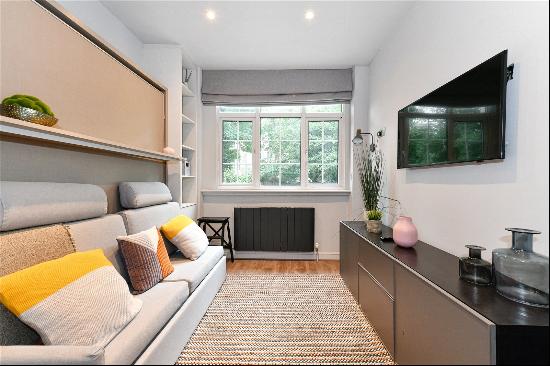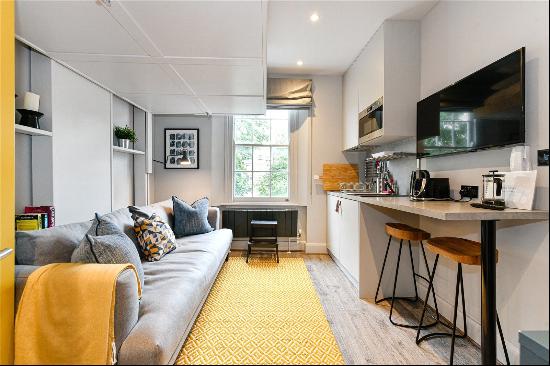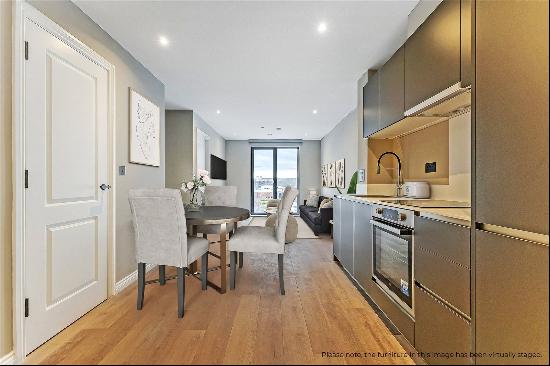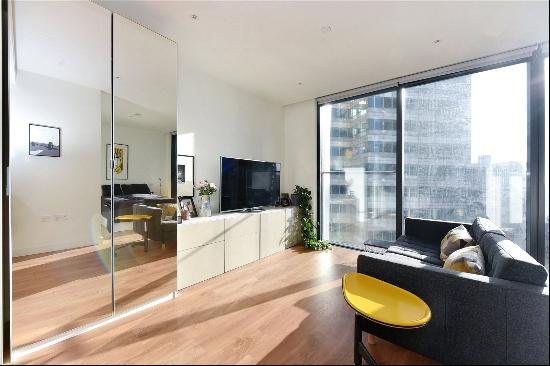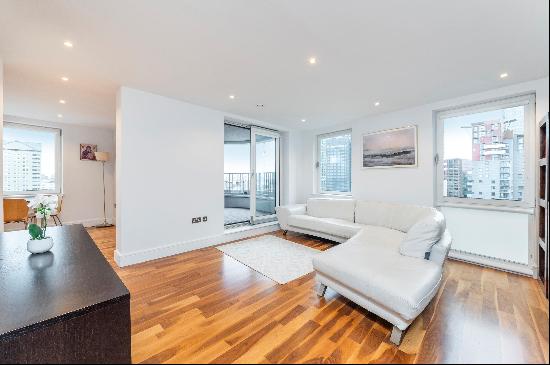
By Sian Meades-Williams
The pilot for the late 1990s teen drama Dawson’s Creek does not open on its leading character, young film buff Dawson Leery (played by James Van Der Beek). Instead the television show’s establishing shot is of the Leery family home: a beautiful, enormous white house with a ladder leaning invitingly against the porch roof.
From that moment, this waterfront house in New England was my dream home.
The ladder would become integral to the show, and to me it somehow represented a signpost to another, better, version of my own teenage life. I never had that all-important best friend growing up, so the close friendships in the show were something I wished for dearly. There was a little teenage envy, too. The idea that a 15-year-old girl, Joey (played by Katie Holmes) might be allowed to row a boat alone across a creek and climb through a window into a boy’s bedroom was unfathomable to me then. It still is — the opportunity for rowing and rooftop shenanigans hasn’t ever presented itself.
Dawson’s Creek instilled the notion of an unattainable adolescent freedom, a sense of independence that a teenager growing up in a semi-detached house in Shropshire, England, did not have. There is no navigating uncomfortable doorstep conversations with friends’ parents in the fictional town of Capeside, Massachusetts, when you can climb in unseen. The ladder into the Leery house was an escape from the challenges of teenage life. I certainly wasn’t alone in my need for that.

The interiors of the Leery house are like Dawson’s parents: traditional and all-American. It’s the classic open-plan living space and dreamy hardwood floor aesthetic of Pottery Barn, the US home furnishing store. The fantastic polished staircase allows for the all-important teen drama trope of eavesdropping on conversations from the landing (though whenever I tried this in my family home it never seemed quite as dramatic).
This American idyll does not go completely unchallenged, though — five episodes in, Dawson’s mother reveals that she’s been having an affair. The white picket fence might make the house look perfect from the outside, but life behind closed doors isn’t. Still, the teenage strays of Capeside — Joey, Jen (played by Michelle Williams) and Pacey (Joshua Jackson) — all find sanctuary there. Dawson’s house is large for a family of three, but there is always the sense that it isn’t meant for them only. The door — or window — is open for anyone who needs it.
Dawson admits his feelings for Joey in his bedroom, with the shot of the pair kissing providing a bridge between the show’s first and second series. The camera lingers on the couple from outside, through the bedroom window. Later, after Dawson learns Joey and Pacey are in a secret relationship, he never strays from the security of the porch during a confrontation with the pair. The house is a place safe from reality.

It is a haven for me, too. Whenever I rewatch the show, that familiar feeling of security, closeness and community remains even decades later. The Leery house is still my fantasy home, right down to the hardwood floors, but my perspective has shifted from my impractical teen ideals. Now, I want somewhere my loved ones can come when they are feeling lost or lonely. I want a home with a metaphorical ladder into an open window.
Photography: Greg Dodson via Flickr; Alamy









